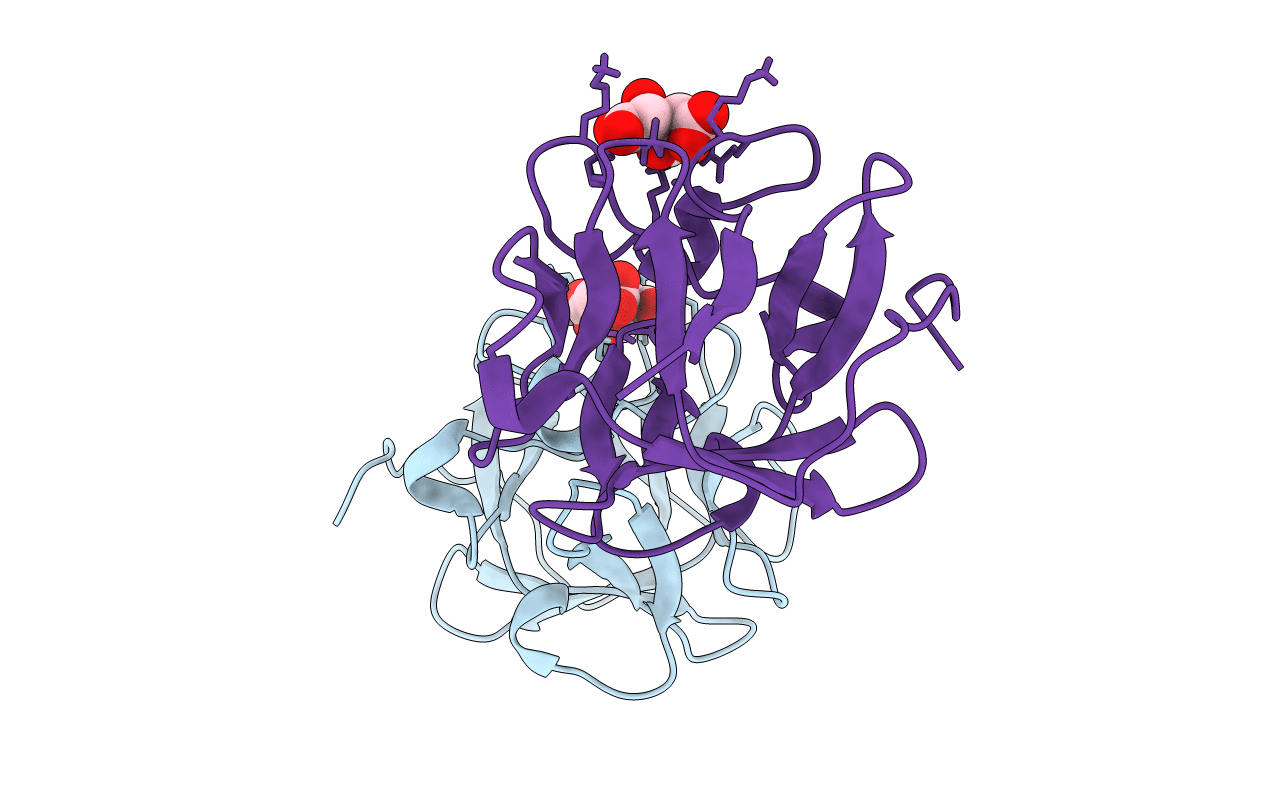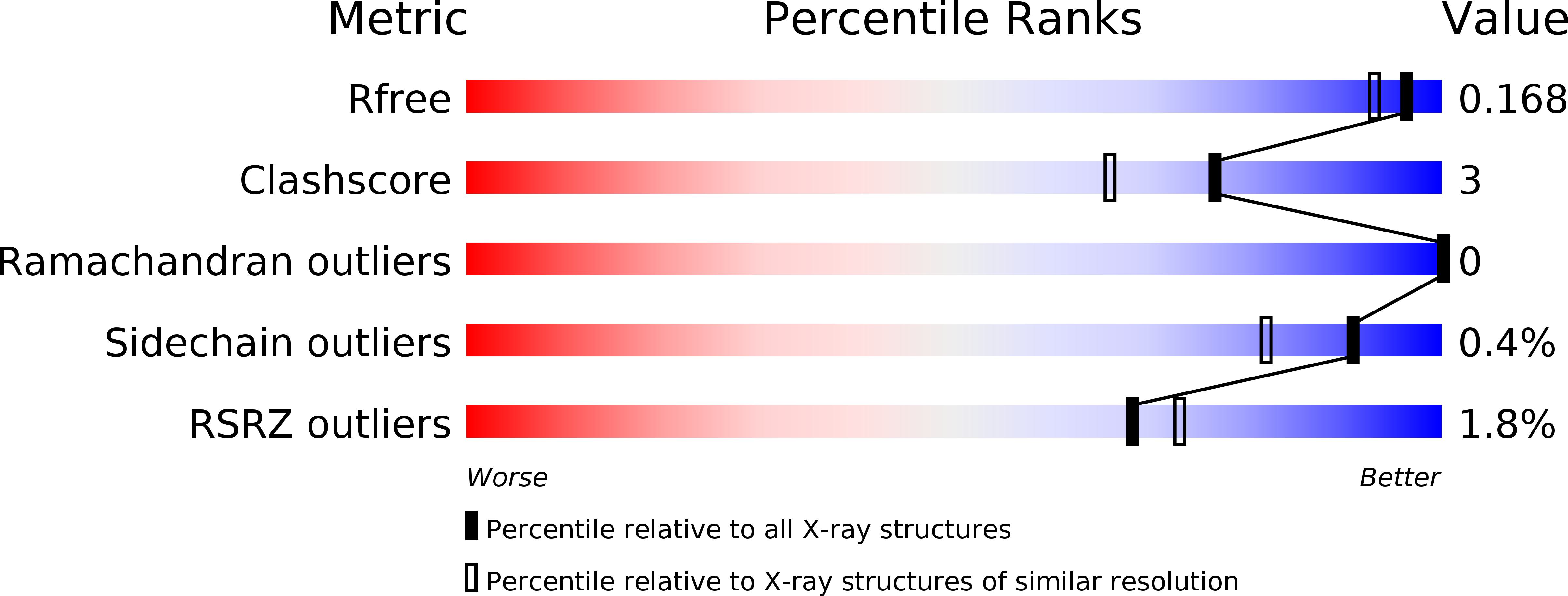
Deposition Date
2014-05-08
Release Date
2015-03-11
Last Version Date
2024-02-28
Entry Detail
PDB ID:
4QBV
Keywords:
Title:
Crystal structure of C117T mutant of human acidic fibroblast growth factor in sodium citrate buffer
Biological Source:
Source Organism:
Homo sapiens (Taxon ID: 9606)
Host Organism:
Method Details:
Experimental Method:
Resolution:
1.50 Å
R-Value Free:
0.16
R-Value Work:
0.14
R-Value Observed:
0.14
Space Group:
C 2 2 21


